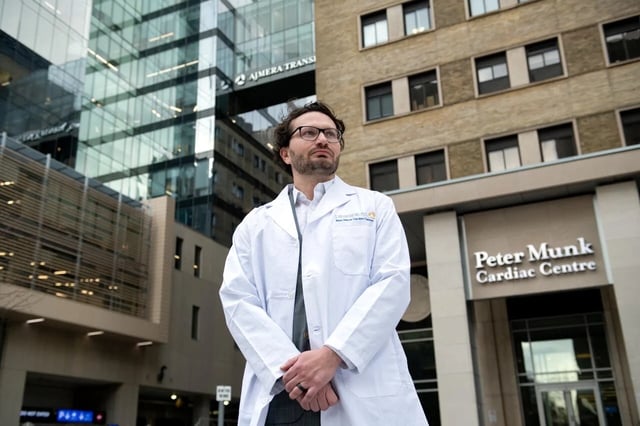Overview
- The surgery took place in early September at UHN’s Toronto General Hospital and was led by cardiac surgeon Dr. Seyed Alireza (Ali) Rabi.
- UHN says the transplant recipient is recovering well following the procedure.
- The approach retrieves hearts after withdrawal of life support and confirmed circulatory death, rather than from brain-dead donors.
- UHN projects the method could increase heart transplants by about 20–40 percent, with 155 adults and 29 children on the waitlist at the end of 2024.
- Programs in Australia, the U.K. and the U.S. report long-term survival comparable to traditional transplants, according to UHN.
